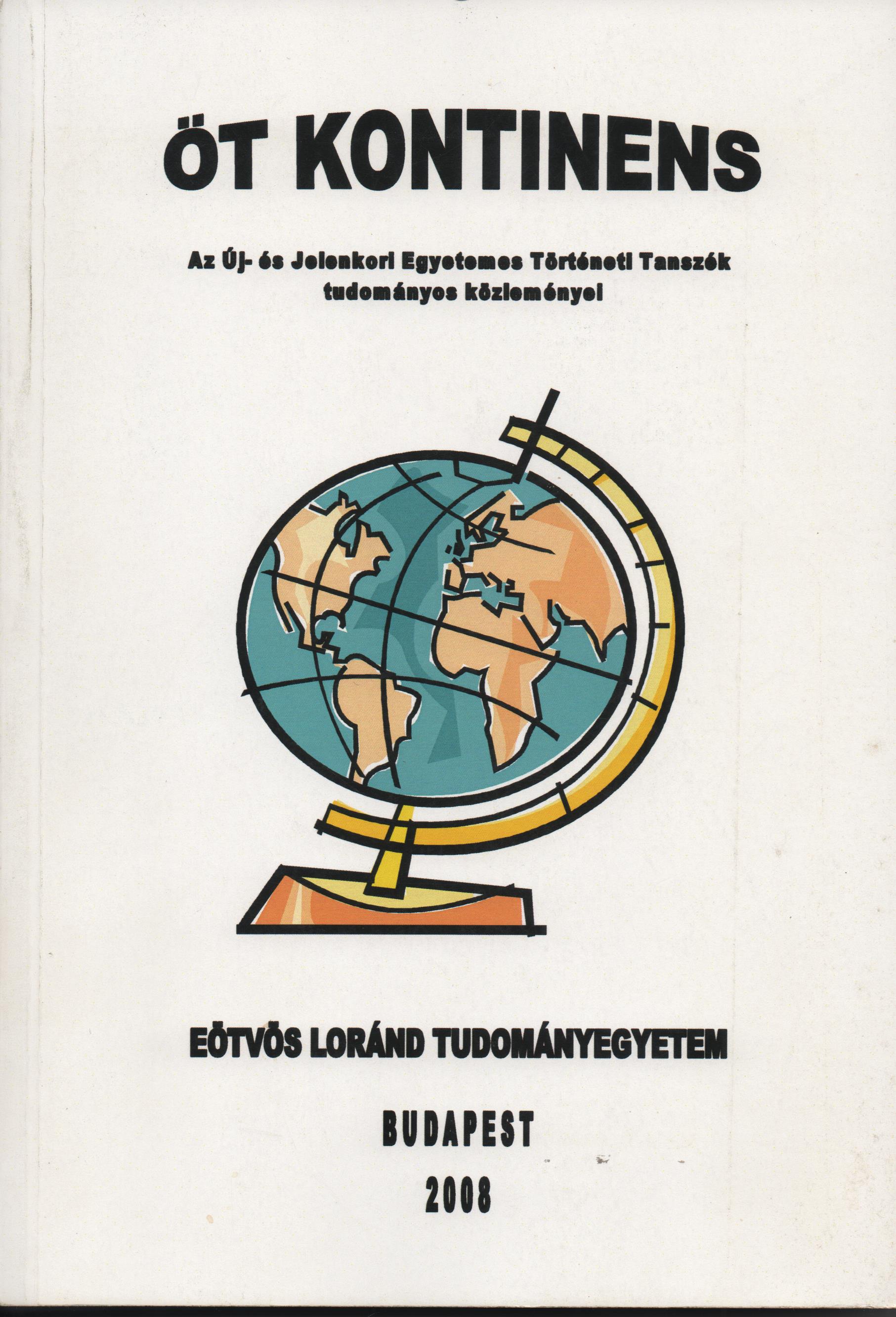
We kindly inform you that, as long as the subject affiliation of our 300.000+ articles is in progress, you might get unsufficient or no results on your third level or second level search. In this case, please broaden your search criteria.

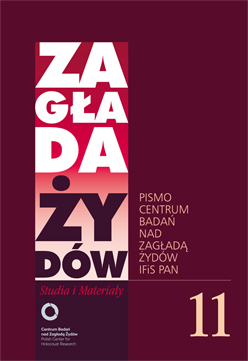
During World War II the Polish legation in Bern provided considerable help to Polish Jews in Switzerland and occupied Poland, not only through inancial and material support, but also its engagement, for instance, in the campaign to aid Jews in Shanghai by offering its diplomatic channels to various organisations and mediation in obtainment of South American documents. Those activities would have been impossible without the support, engagement, and efforts of legate Aleksander Ładoś and his subordinates. The article discusses Ładoś and the role of the Polish legation in Bern in rescuing Jews.
More...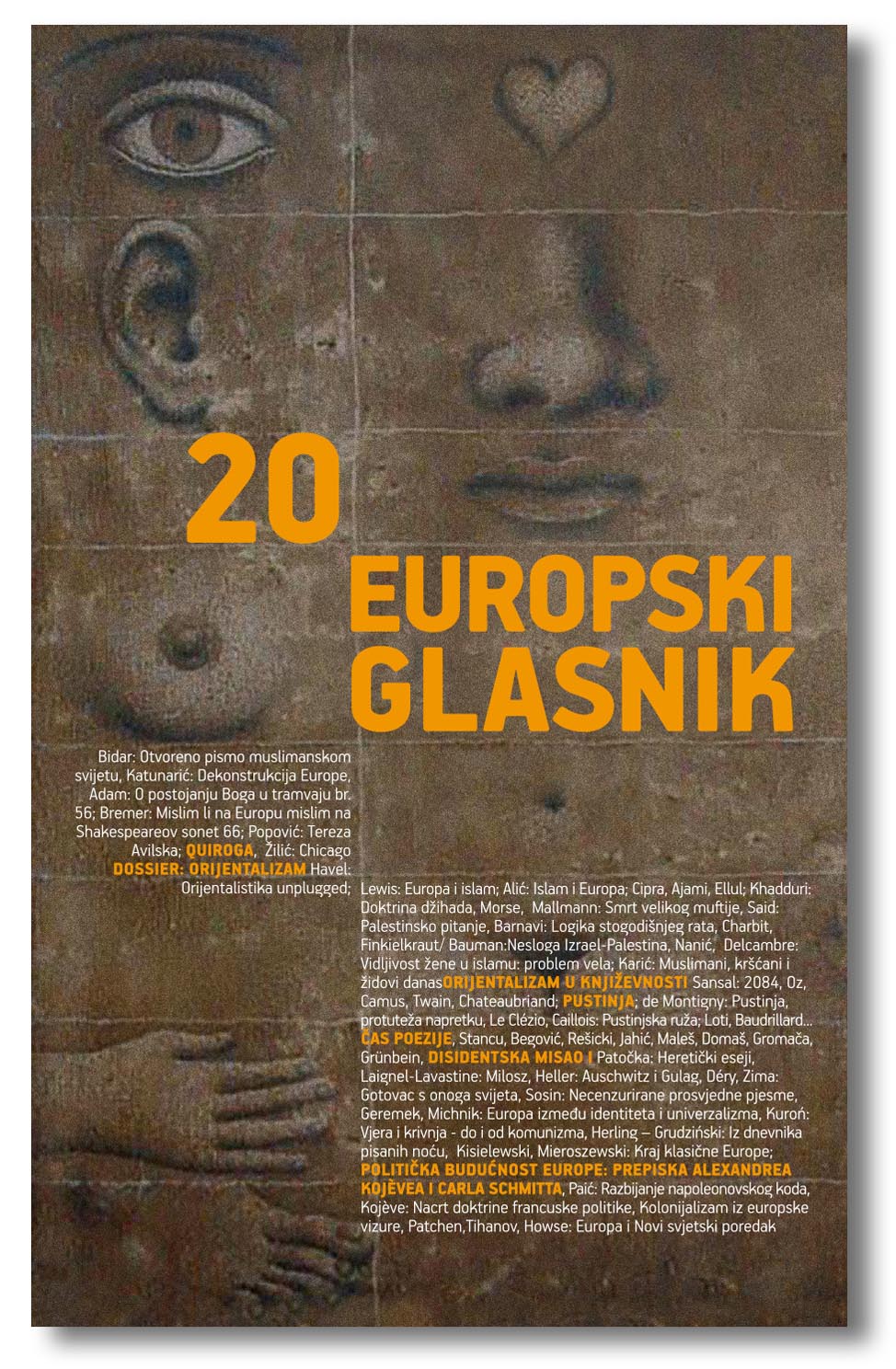
Kako su se na Bliskom istoku također smatrali žrtvama Pariških mirovnih ugovora nakon Prvoga svjetskog rata, tamošnji su se promatrači divili načinu na koji je Njemačka uspjela zbaciti sa sebe okove Versaillesa nakon 1933. godine i preporoditi se kao moćna država.
More...
The article talks about using term ‘evil’ in professional historical science. The author convinced that in history we can use this term, what’s more, we should research the imagination of ‘evil’ in perpetrator’s minds to understand the genocide and mass murder in 20th century.
More...
Još tijekom boravka u nacističkoj Njemačkoj, Amin al-Husseini odigrao je značajnu ulogu u osnivanju Arapske lige 1944. godine. S obzirom da je al-Husseini, podržan sredstvima iz ≫posebnog fonda≪, predvodio novačenje naci-muslimana u Handžar-diviziju i druge naci- muslimanske postrojbe te da je jedna od najranijih takvih postrojbi nosila ime ≫Arabisches Freiheit skorps≪, ili Arapska brigada, nije ni u kom slučaju nezamislivo, već je naprotiv sasvim vjerojatno, da je i sama Arapska liga bila osnovana uz financijsku pomoć iz posebnog fonda, te je čak moguće da je i bila organizirana potajice u nacističkoj Njemačkoj.
More...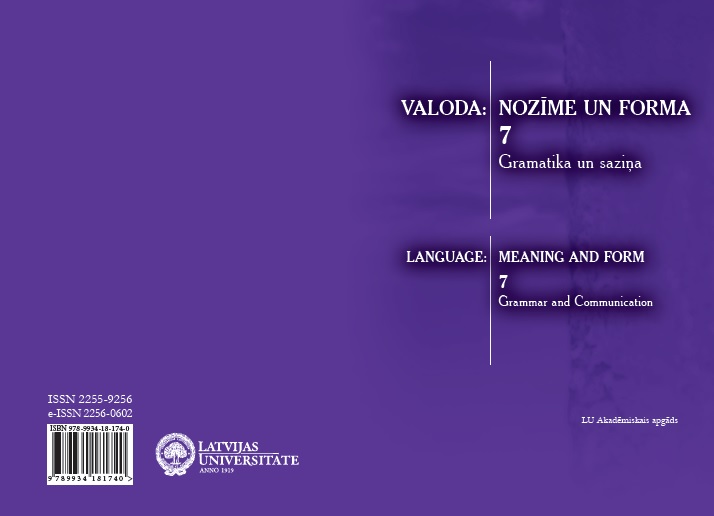
Participles are widely used in modern terminology, as they have also been in the Latvian terminology of the past century – both in word group and compound terms. In 1920s and 1930s the terminological word groups most frequently use the declinable passive present participles with the suffixes -am-/ -ām- and declinable passive past participles with the suffix -t-. The declinable active present participles with the suffix -oš-, which are widely used in terminology of our day, back then were used rather rarely, while the declinable active past participles with ar -is, -usi are extremely rare. The terminology of 1920s–30s widely uses the ability of the declinable passive present participles to express the possibilities and purpose of use. In modern terminology in the cases, when this meaning has to be indicated, these participles are frequently substituted by the declinable active present participles with the suffix -oš- or nouns with the suffix -šan-.
More...
The paper compares the economic growth of Estonia, Latvia, Lithuania, and Finland (which was internationally perceived as a Baltic country in the interwar time) in 1913–1938. The maddison project dataset is a standard (and only available) source providing comparable data (in 1990 Geary–Khamis international $) on the GDP of European countries in the 1913–1938. However, its present version provides only the data about Finland’s performance. The Estonian historian Jaak Valge calculated internationally and cross-temporarly comparable Estonian GDP figures for the 1923– 1938 period. Applying a similar (“Estonian”) procedure of indirect measurement, the paper provides the estimates of the GDP per capita of Latvia and Lithuania in 1913, 1924, and 1938. The data inputs for these estimates are the calculations of national income (in current prices) by Latvian, Lithuanian, and German (The Economic Forces of the World, 1929) economists in the interwar time, the calculations of Kazimieras Meškauskas of the national income of Lithuania (at constant prices of 1924), and (most importantly) the pioneering research on the national income at purchasing power parity by Colin Clark (1905–1989). For the estimation of the national income of Latvia in 1913–1938, the author draws on the Clark’s calculations of Latvia’s national income from the second edition of his “Conditions of Economic Progress” (1951), which until now were not received in the interwar Latvia economic history. Taking into account the recent work of the leading Lithuanian expert in the interwar economic history Gediminas Vaskela, the author revises his estimates of the GDP Lithuania, published in the monograph “Two Twenty-Year Periods of Independence: Capitalism, Class, and Democracy in the First and Second Republics of Lithuania from the Point of View of Comparative Historical Sociology” (2014). Although in 1938 Lithuania still was the least advanced Baltic country, its GDP per capita average yearly growth rate (4.3%) in 1924–1938 was the fastest. Finland’s GDP per capita yearly growth rate was 3.5%, Latvia’s 3.2%, and Estonia’s 1.9%.
More...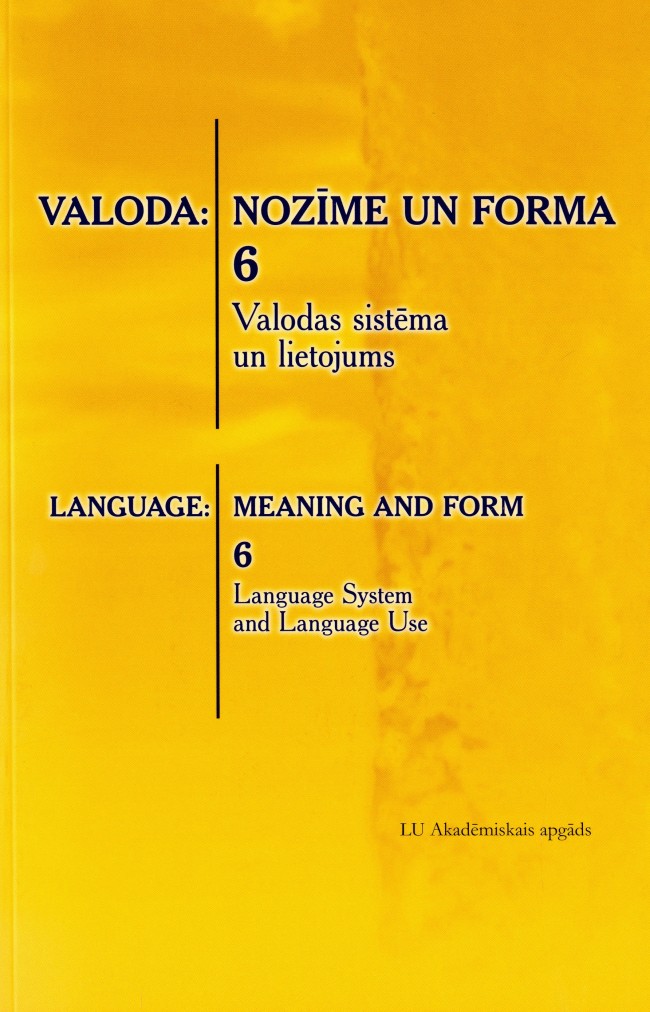
Lutsi Estonian is a variety of South Estonian historically spoken in the pre-World War II rural parishes of Pilda, Nirza, Brigi, and Mērdzene near the city of Ludza in Latgale (eastern Latvia). Lutsi developed independently from other South Estonian dialects for at least several centuries and as a result differs in several respects from the South Estonian presently spoken in the Võru and Setu regions of Estonia and adjacent areas in Russia. Since early 2013, I have been documenting the remaining language and culture knowledge among present-day Lutsi descendants and revisiting the villages documented by Oskar Kallas in 1894 as having Estonian (Lutsi) speaking inhabitants. The goal of this research is to write a Lutsi language primer with which Lutsi descendants as well as other interested individuals can reacquaint themselves with one of the historic languages of Latgale. This article presents the Lutsi practical orthography I have designed. I begin by introducing the Lutsi people, their language, and the history of its documentation. In discussing the Lutsi language I address the particular issues involved in writing Lutsi and present Livonian as a a model for writing a Finnic language for a primarily Latvian-speaking population. I then present the current form of the Lutsi practical orthography at the end of this article.
More...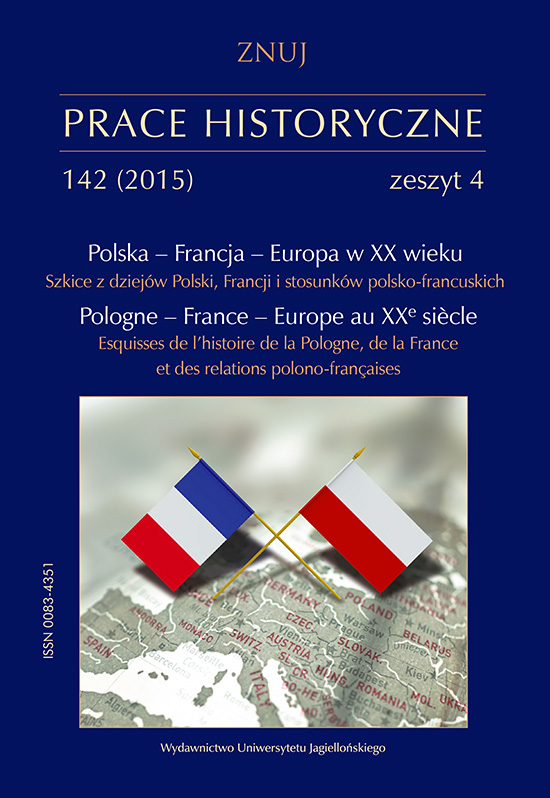
During World War I the French authorities based their policy towards Poland on their current relations with the Russian ally. That is why France did not support the idea of Polish independence before spring 1917. Over the next two decades the priorities of Paris were to separate Germany from Russia and to strengthen Poland so that it could replace Russia in its role of the Eastern ally which would enfeeble Germany. It was in the interest of Paris that Warsaw had no conflicts in the East. After the French-Soviet diplomatic relations were established in 1924, the place of the Soviet Union in Europe became the bone of contention in the French-Polish relations. France wanted to include the Soviet Union in the policy of European security, which caused Poland’s resentment. After 1944, the French-Polish relations were determined by the efforts on the part of France to increase its influence in the Eastern Europe. After 1989, together with the emergence of the pro-American policy of Warsaw, France became again more distanced towards Poland’s Eastern policy which provoked conflicts with Russia.
More...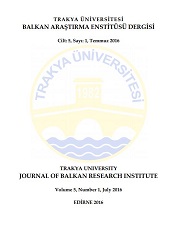
As it is versatile and provides satisfying information to researchers and helps them interpret the past, press is a valuable source of information. Having a look at the newspapers awakens the awareness of news themes for political-propaganda conjuncture. The theme which was not accepted totally and suggested for propaganda of the communist regime in Bulgaria was this one so it didn’t find “a chance” to enter the research area of Bulgarian historiography for a long time. The aim of the research is the newspapers which are dominant upon their readers in the country and meanwhile these newspapers have been important representatives of Bulgarian press so far. The chronology of the suggested view is not based on a specific case and goes back to Great War (W.W. I). The is a revision of the appearance of positive social media in Bulgaria, the news, comments and appreciations related to declaration of The Turkish Republic for ten years. It points to interpret the development differently since 29th October 1923. Some inconveniences from ideological and political structure were eliminated masterly and newspaper redactions were uttered as a view. The increased acceleration in the relations between Bulgaria and Turkey continue till the signing of the friendship treaty. The interest about Turkey in Bulgaria will not lose its acceleration in future. A great number of researches related to dynamics of life in Turkey are published. Scientific and cultural connections are established and improved between two countries. Opinion leaders, journalists, scientists and writers visit two countries. Bulgarian Theater and Folk Dances Companies visit and perform in İstanbul and Ankara. This study tells how the republic founded in Turkey was reacted in Bulgarian society through media.
More...
The paper deals with the analysis of election results, in particular parliamentary election, to the Chamber of Deputies of the National Assembly in the interwar period. Compared are districts Levice, Rožňava and Veľké Kapušany. The attention is focused on the national composition and social structure and its affect on the political process and parliamentary results in mentioned districts. District Levice had about the same population as district Rožňava. District Veľké Kapušany was in terms of population smaller but in all studied districts was approximately equal percentage of representatives of the Hungarian minority. Election results from 1925, 1929 and 1935 show that despite a weaker representation of the Hungarian minority, when compared to the German minority, the representation of minorities in ČSR was fair and certainly better than the representation of the non-Hungarian nationalities in the pre 1918 Hungarian Parliament.
More...
This article analyzed and systematized a number of sources on the history of the Canadian immigration policy in the interwar period which had an impact on the political, social, economic, spiritual and household spheres on the life and work of the Ukrainian people in the Diaspora. To highlight the nature of immigration policy in Canada not only documentary sources (laws and by-laws, recordkeeping documents), but also official and unofficial press, memoirs, correspondence, statistical data, etc. were involved. When taken together it reflects the influence of the lawmaking on the nature and amount of resettlement flows from Ukraine and the condition of the Ukrainian immigrants. While writing this article, methods of searching and selection of sources, their analysis and synthesis, systematization and classification were used. Besides, criticism of chosen sources with the estimation of their content, objectivity and ascertainment of the significance for the investigation of the immigration policy of Canada concerning the Ukrainian immigrants in 1918 – 1939s were also utilized in the article. Information potential of archival and published materials within the indicated field has been defined and the significance of the presented facts for scientists has been shown. The importance of a complex use of the sources in the research questions of immigration policy in Canada in 1918 – 1939s was grounded in the conclusion.
More...
The article discusses the image of Ľudovít Štúr portrayed in history textbooks used in elementary and high schools in Slovakia during three different political regimes in the period of 1918 – 1989. Štúr was a prominent nineteenth century Slovak politician, journalist and a principle organizer of the Slovak national movement. He was also the initiator of the codification of the Slovak language and coordinator of voluntary Slovak campaigns against Hungarian rule in Upper Hungary during the 1848–49 revolutions in the Habsburg Monarchy. He has been considered an iconic figure of Slovak history, and thus the interpretation of his life and work, as well as the deeds of his closest collaborators – in Slovak historiography commonly referred to as the third generation of the Slovak national movement – became one of the key narratives in Slovak history textbooks. Yet, since history textbooks are part of the official historiography and, as such, are intended to pass on the values of current political elites onto subsequent generations, the narratives in them have been influenced by different political regimes and by different ideological needs and constrains. The author presents the changing perspectives on the historical importance of Ľudovít Štúr in history textbooks published in the interwar Czechoslovak Republic (1918 – 1938), during the independent WWII Slovak Republic (1939 – 1945) and, finally, during the times when Czechoslovakia was under the rule of the Communist Party (1948 – 1989) in the contexts of the official ideologies, mainstream social and political worldviews and values promoted during the respective periods. The interpretations of the historical importance of Ľudovít Štúr and his generation, and their simplified and rather schematic presentation in history textbooks have been characterized by selectiveness stemming from attempts to implement different ideologies. Yet, in each of the above-mentioned periods, the general image of Ľudovít Štúr was that of a hero, such as in Thomas Carlyle’s nineteenth century concept of great men moving the historical development.
More...
The author follows institutional steps which preceded the rise of the first Slovak professional art institution – the Slovak National Theatre (1920). Having done research into primary sources, he revises some surviving legends surrounding the rise of the Slovak National Theatre, a result of the Czechoslovakist perception of development in the 20th century and a cult regarding Ján Borodáč as the first Slovak theatre professional. The author focuses especially on particular activities of Vavro Šrobár, a minister fully empowered to govern Slovakia (and at the same time Minister of Health of the Czechoslovak Republic), which resulted in his decision to engage Bedřich (Friederich) Jeřábek’s theatre company in Bratislava, where it operated under the name of the Slovak National Theatre. Activities related to the rise of the professional theatre are followed against the backdrop of turbulent developments in 1918 – 1920.
More...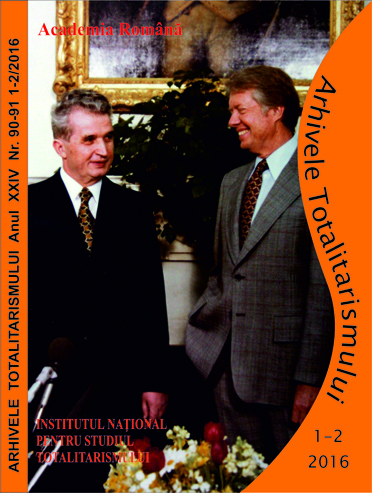
In order to better introduce the published documents, I largely explained the broader context which encompass the moment when they were written. Vanda Nicolski, a major leader of the Communist Party of Romania, a member of the Central Committee and of the Political Bureau during the ‘30s, wrote two large reports in June and August 1938, when she was in Moscow. Clearly, her confessions, written during the Great Terror, weren’t innocent pieces of evidence scrutinizing the history of the C.P.o.R. per se, but they were meant to incriminate as many professional revolutionaries as possible. I tried to explain what stood behind her statement. The contents exposed by Vanda Nicolski refers mostly to the complex and fluid relationships established into the Party inner circle during Al. Daneliuk-Ștefansky’s mandate as general secretary of the C.P.o.R., which overlaps mostly the Great Depression.The author also provides a lot of details regarding the policies put in place by the communist establishment, from Moscow, but from Romania too, in order to borrow the main features requested by Comintern in its so called „third period“. For instance, details from the inner party circle regarding the Grivița strike from 1933 could be very useful for any future discussion about one of the most important upheavals in Romania’s XXth century history.
More...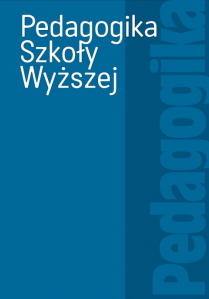
Polish educational law of the interwar period specified conditions for academic careers. Interwar legislation clearly distinguished academic education and assigned it a separate academic status based on the legal grounds used exclusively for these institutions. In this connection, a formal notion of a university teacher and his career were defined. The name “lecturer” concerned a person authorized to teach due to a postdoctoral degree or appointment as a professor. This situation leads to the conclusion that in the interwar period the concept of the “lecturer” was limited as many members of academic staff, who did not have a postdoctoral degree, were eliminated from this definition.
More...
Aurel Ardeleanu joined in the Communist party in 1945 and he was appointed to higher and higher position in the armed forces. In 1954 he participated as a prosecutor in the Lucreţiu Pătrăşcanu and Vasile Luca’s trials. After Stalin’s death he became a follower of the Yugoslav leader Iosip Broz Tito and a supporter of de-Stalinization initiated in the Soviet Union. Being sentenced to 25 years in prison for „the crime of conspiracy against social order through agitation”, Aurel Ardeleanu was forced to go through a terrible ordeal. We have to mention that during the Second World War he has been interned in the prison camps on the Soviet Union.
More...
Iosif Rangheț (Rangecz József) was a Romanian communist activist, born into an ethnic Hungarian family. He was a native of Olari, Arad County. Iosif Rangheț became a member of the banned Romanian Communist Party (PCR) in 1930. Rangheț was secretary of the Oradea regional committee from 1932 to 1933. He held a similar post for Cluj from 1933 to 1934; that year, he became head of the Banat and Jiu Valley regional committees. From 1943 until his death, he was a member of the party's central committee. From 1945 to 1948, Iosif Rangheț headed the PCR's cadres section; from 1949 to 1950, he presided over the state combustibles committee. He was married to Sanda Rangheț, who survived him. Iosif Rangheț died in 1952.
More...
Among the socio-professional categories hunted by the communists after taking over the power in Romania, an important place was taken by the former employees of the police and state security. The above study presents the case of a police superior officer Nicolae Turcu,former prefect of the Police of the capital city, who was under higher and higher pressure, starting in the spring of 1945. Arrested several times, without proof that could incriminate him directly or clearly, he died on 15.10. 1955 at the age of 64 in the penitenciary hospital of Vacaresti. His case is not the only one of this kind.
More...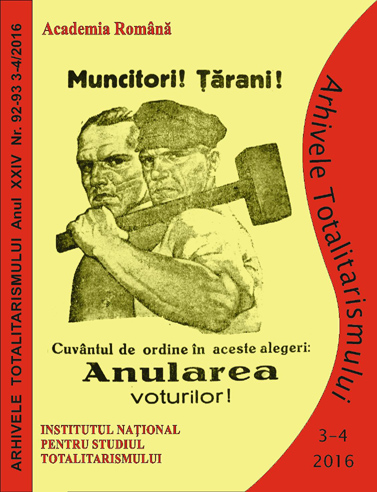
Since the takeover of the Soviet power in 1925, by adopting an ideology tributary to the Tsarist roots, Stalin succeeded – the signing of the Moscow Pact (August 23, 1939) – to impose his own ‘russocentric’ policy. Through the Molotov-Ribbentrop Pact and the Soviet-German partnership that followed (1939-1941), Stalin managed to create a replica of the Russian Empire at the western borders of the USSR. The extension of Soviet influence in the territories of eastern Poland, the Baltic States, Finland and Southeastern Europe (Bessarabia and Northern Bukovina) meant ensuring a restricted security sphere at the boundaries of the west of the Soviet Union. We believe that, for Stalin, the security of the Soviet state could be fulfilled only through the international political supremacy, an ideal followed by every russian vojdi (leader). In our study we observe whether and to what extent the role of the Russian idea– manifested by the need for supremacy – was decisive in designing and implementing foreign policy directions by Stalin during the Soviet-German alliance (1939-1941).
More...